Table of Contents
- 1. Fitness Programs for Employees
- 2. Mental Wellness Initiatives
- 3. Healthy Snack Options in the Workplace
- 4. Ergonomic Workstations
- 5. Stress Management Workshops
- 6. Encouraging Work-Life Balance
- 7. Creating a Positive Workplace Culture
1. Fitness Programs for Employees
Explore the benefits of offering fitness programs in the workplace. Learn how regular exercise can improve productivity and reduce absenteeism. Discover innovative ideas to implement physical activity initiatives, such as yoga classes, team sports, or walking challenges.
In today's fast-paced corporate world, the health and wellbeing of employees play a crucial role in their productivity and overall success. Introducing fitness programs for employees can have numerous benefits, ranging from increased morale to improved physical and mental health.
1. On-site Gym Facilities
Providing on-site gym facilities is a convenient way to encourage employees to engage in physical activity. Equipped with state-of-the-art exercise equipment, these gyms can offer various fitness classes and personalized training sessions.
2. Wellness Challenges
Organizing wellness challenges such as step competitions, weight loss challenges, or team-based activities can foster a sense of camaraderie among employees. These challenges promote a healthy competitive spirit while encouraging regular exercise and healthy lifestyle choices.
3. Yoga and Meditation Classes
Introducing yoga and meditation classes can significantly contribute to reducing stress levels among employees. These sessions can help individuals relax, increase their mindfulness, and improve their mental wellbeing.
4. Walking Meetings
Encouraging employees to have walking meetings instead of traditional seated meetings can add an element of physical activity to their workday. Walking and talking simultaneously can boost creativity, enhance focus, and contribute to better overall fitness.
5. Health Screenings and Workshops
Arranging regular health screenings and workshops on various health topics can empower employees with knowledge about their physical health and equip them with tools for maintaining a healthy lifestyle. These sessions can cover topics such as nutrition, stress management, and overall wellness.
Implementing these fitness programs not only benefits employees by improving their health and wellbeing, but it also positively impacts the corporate environment, fostering a culture of wellness, productivity, and engagement.
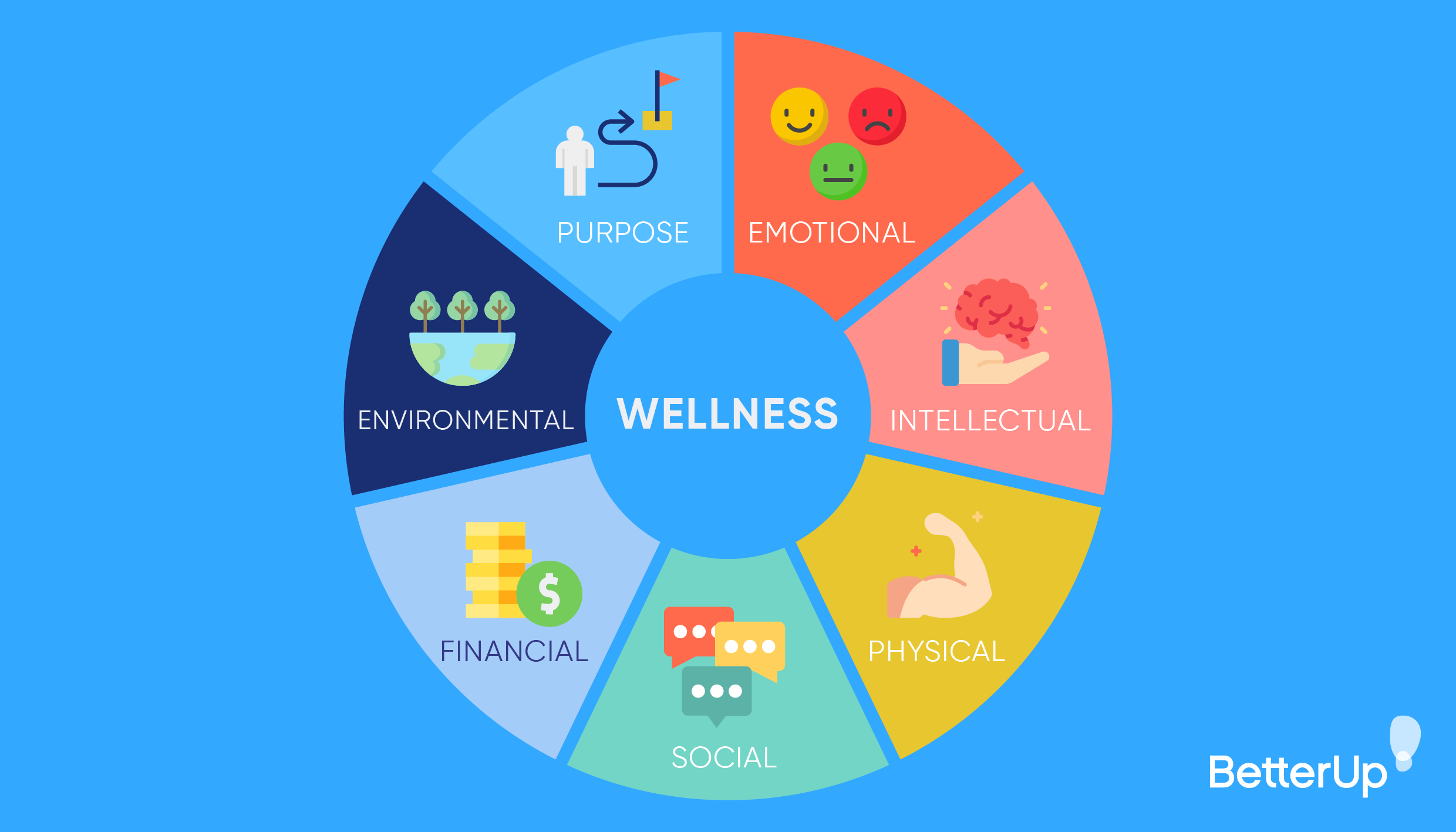
2. Mental Wellness Initiatives
Promote mental wellbeing among your employees by introducing mindfulness practices, meditation sessions, or access to counseling services. Understand the importance of addressing mental health in the workplace and discover strategies to foster a supportive environment.
1. Mental Health Awareness Campaigns
Organize awareness campaigns to promote mental health among employees. This can include informative sessions, workshops, and guest speakers who specialize in mental health and wellbeing.
2. Employee Assistance Programs
Establish Employee Assistance Programs (EAPs) to provide counseling services and support for employees facing mental health challenges. These programs can offer confidential consultations, referrals, and access to resources that promote mental wellness.
3. Stress Management Workshops
Offer stress management workshops that teach employees techniques for reducing stress and enhancing resilience. These workshops can focus on mindfulness, meditation, time management, and work-life balance.
4. Flexible Working Arrangements
Promote flexible working arrangements to help employees manage their mental health effectively. This can include options for remote work, flexible schedules, and compressed work weeks, allowing individuals to better balance work and personal life responsibilities.
5. Mental Health Resource Libraries
Create accessible resource libraries where employees can access books, articles, and online materials related to mental health and wellbeing. This provides valuable information and encourages self-education on mental wellness topics.
6. Mindfulness Programs
Introduce mindfulness programs that teach employees how to focus their attention, regulate emotions, and reduce stress through mindfulness techniques such as meditation and breathing exercises.
7. Peer Support Networks
Foster peer support networks or support groups within the organization to allow employees to connect and share their experiences related to mental health. This promotes a sense of belonging and encourages individuals to seek and offer support.
8. Mental Health Training for Managers
Provide comprehensive training for managers to enhance their understanding of mental health issues, enabling them to support their team members better. This includes identifying signs of distress, promoting a supportive work environment, and knowing how to address mental health concerns with sensitivity and empathy.
9. Wellness Programs
Implement wellness programs that encompass physical, mental, and emotional health. This can include fitness classes, nutrition workshops, mental health check-ins, and wellness challenges to encourage holistic wellbeing.
10. Mental Health Days
Recognize the importance of mental health by offering dedicated mental health days for employees. This allows individuals to take time off to focus on self-care, destress, and recharge without the fear of stigma or penalty.
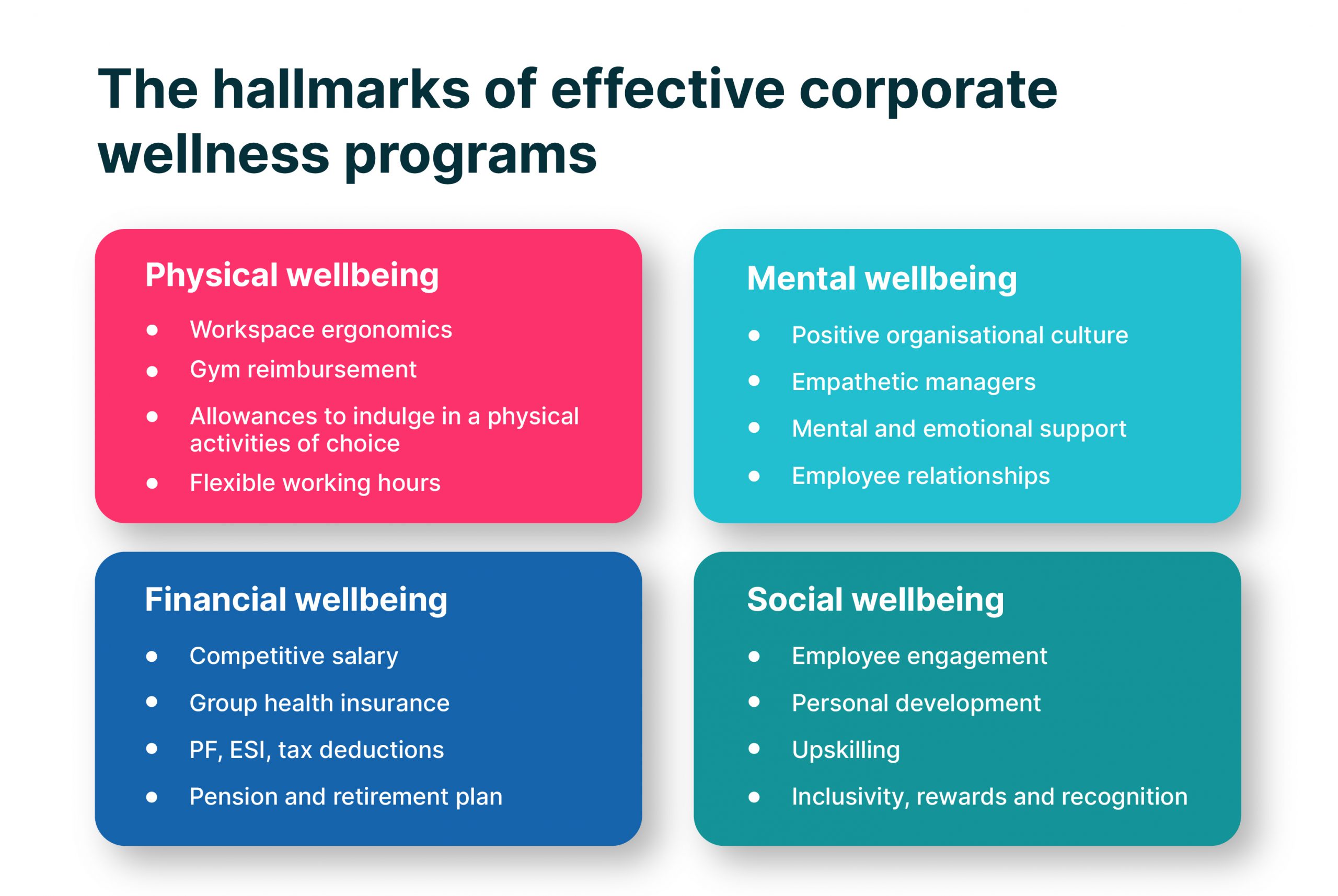
3. Healthy Snack Options in the Workplace
Encourage healthy eating habits by offering nutritious snack options. Explore ideas to stock your office pantry with fresh fruits, granola bars, or organic alternatives. Learn about the impact of proper nutrition on employee performance and wellbeing.
Corporate Health and Wellbeing Ideas
Providing employees with healthy snack options in the workplace is essential for promoting their overall health and wellbeing. By offering nutritious alternatives to traditional vending machine snacks, employers can contribute to a healthier workforce. Here are three great ideas for healthy snack options:
1. Fresh Fruit Selection
Stock the office pantry with a variety of fresh fruits like apples, bananas, oranges, and berries. These natural snacks are packed with essential vitamins, minerals, and fiber, and can provide a quick energy boost during the workday.
2. Nut Butter and Whole Grain Crackers
Replace high-calorie, processed snacks with whole grain crackers and individual packets of nut butter. Whole grain crackers offer fiber and sustained energy, while nut butter provides a good source of healthy fats and protein. Together, they create a satisfying and nutritious snack option.
3. Yogurt Cups with Mixed Nuts
Yogurt cups with mixed nuts offer a combination of protein, healthy fats, and calcium. Greek yogurt, in particular, is a great choice as it is high in protein and lower in sugar compared to regular yogurt. Mix in a variety of nuts like almonds, walnuts, and cashews for added crunch and nutrients.
By implementing these healthy snack options in the workplace, employers can encourage their employees to make better dietary choices, boost productivity, and improve overall wellness. Prioritizing the health and wellbeing of employees is not only beneficial for the individual but also for the success of the company as a whole.

4. Ergonomic Workstations
Uncover the significance of ergonomics in the workplace and its positive effects on employee health and productivity. Get insights on ergonomic furniture, adjustable desks, and proper sitting posture. Implementing ergonomic practices can reduce the risk of musculoskeletal disorders.
Ergonomic workstations have become a key aspect of promoting corporate health and wellbeing in modern organizations. Creating a conducive work environment plays a crucial role in improving employee productivity, reducing absenteeism, and enhancing overall job satisfaction.
Here are four ideas to consider for incorporating ergonomic workstations:
- Adjustable Workstations: Provide employees with height-adjustable desks and chairs to allow them to find their optimal sitting or standing position. This helps in minimizing the risk of musculoskeletal disorders and back pain.
- Ergonomic Chairs: Invest in high-quality chairs that provide proper lumbar support, adjustable armrests, and comfortable seating surfaces. This ensures correct posture and reduces strain on the back and neck.
- Monitor Placement: Encourage employees to position their computer monitors at eye level to prevent neck strain. Additionally, provide adjustable monitor stands to cater to different employee heights and preferences.
- Workspace Accessories: Offer ergonomic accessories like wrist rests, document holders, and footrests to improve overall comfort and reduce the risk of repetitive strain injuries.
By implementing these ergonomic workstation ideas, organizations can prioritize the health and wellbeing of their employees, leading to increased productivity and overall job satisfaction.
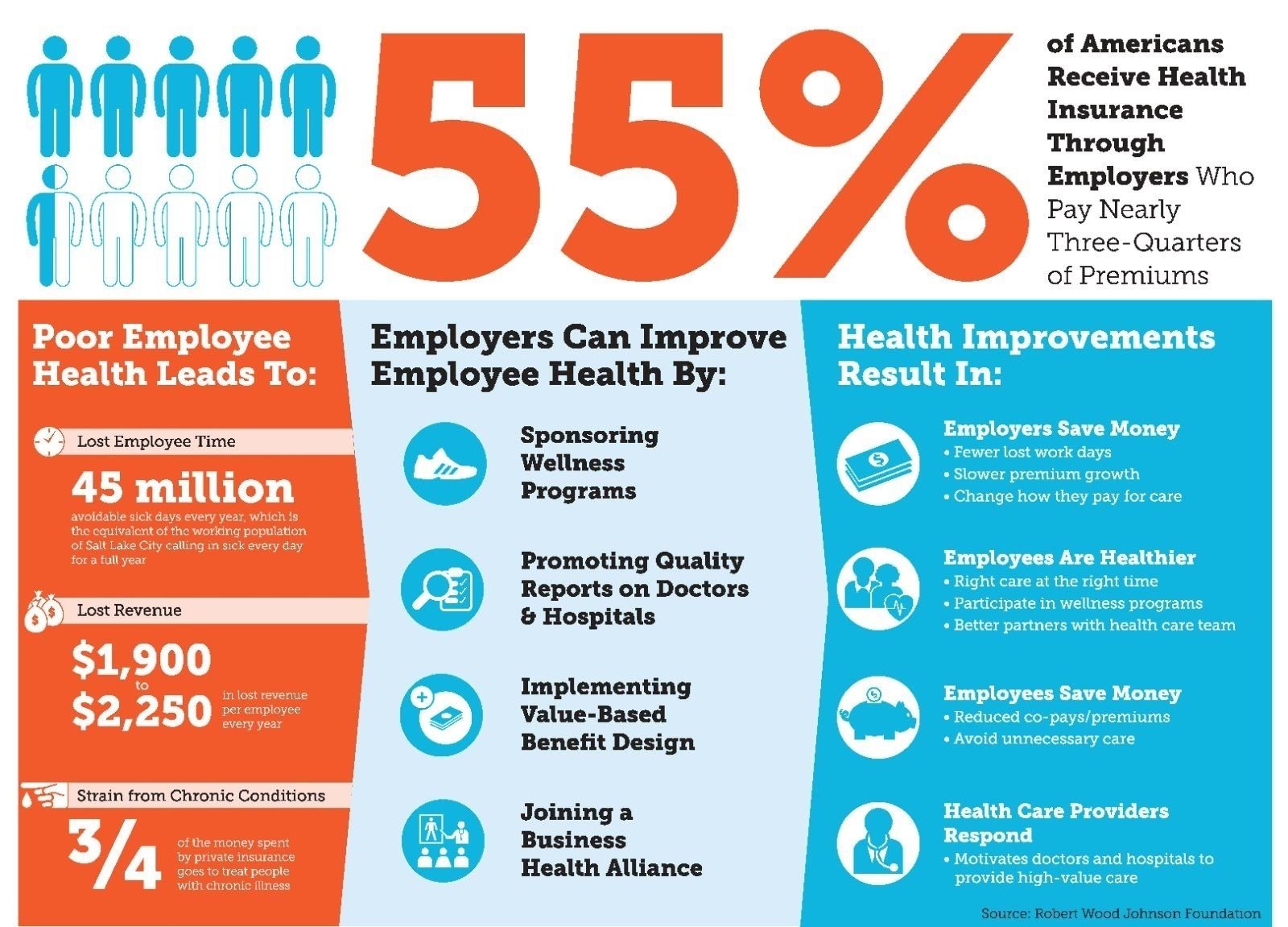
5. Stress Management Workshops
Learn effective stress management techniques that can improve employee resilience and reduce workplace burnout. Discover the benefits of workshops focused on mindfulness, time management, and relaxation exercises. Encourage employees to take breaks and maintain a healthy work-life balance.
In today's fast-paced corporate world, stress has become a common problem affecting the mental and physical well-being of employees. To address this issue and promote a healthy work environment, organizing stress management workshops in corporate health and wellbeing programs can be highly beneficial.
1. Importance of Stress Management
Stress management plays a crucial role in enhancing employee productivity and job satisfaction. By teaching employees effective strategies to cope with stress, they can learn how to maintain a better work-life balance, improve focus and concentration, and reduce the risk of burnout.
2. Benefits of Stress Management Workshops
- Improved employee well-being and job satisfaction
- Enhanced productivity and performance
- Reduced absenteeism and turnover rates
- Promoted positive work relationships and team collaboration
- Increased employee engagement and morale
3. Workshop Ideas
- Mindfulness and Meditation Techniques
- Effective Time Management Strategies
- Healthy Lifestyle Choices and Nutrition
- Stress-Relieving Exercises and Physical Activities
- Work-Life Balance Tips and Techniques
4. Format and Duration
The workshops can be conducted as interactive sessions, incorporating presentations, group discussions, and practical exercises. The duration can range from half-day sessions to multi-day workshops, depending on the depth of the content and the needs of the organization.
5. Long-Term Impact
By providing employees with the tools and knowledge to effectively manage stress, organizations can create a healthier work environment, leading to increased employee satisfaction, reduced healthcare costs, and improved overall productivity. It also promotes a culture of employee wellbeing, emphasizing the importance of mental and physical health.
Incorporating stress management workshops in corporate health and wellbeing programs is a proactive approach towards fostering a healthier work environment. By prioritizing employee mental and physical health, organizations can ensure higher job satisfaction, productivity, and overall success.

6. Encouraging Work-Life Balance
Explore strategies to support work-life balance and prevent employee burnout. Implement flexible working hours, remote work options, or family-friendly policies. Discover the positive impact of promoting work-life balance on overall job satisfaction and wellbeing.
In today's fast-paced and demanding corporate world, achieving a work-life balance is essential for the overall health and wellbeing of employees. Here are six ideas to encourage and promote a healthier work-life balance:
- Flexible Working Hours: Introduce flexible working hours that allow employees to better manage their personal commitments alongside work responsibilities. This can include options for adjusted start and end times, compressed workweeks, or telecommuting.
- Regular Breaks: Encourage employees to take regular breaks during the workday to rest and recharge. Implement policies that emphasize the importance of breaks and create designated spaces for relaxation or short activities.
- Wellness Programs: Develop and implement wellness programs that focus on physical, mental, and emotional wellbeing. This can include offering gym memberships, organizing fitness challenges, providing mental health resources, and conducting workshops on stress management and mindfulness.
- Time Management Training: Provide employees with training on effective time management techniques. This can help them prioritize tasks, set realistic goals, and allocate time for personal activities, thereby reducing work-related stress and increasing productivity.
- Promote Boundaries: Encourage a culture that respects and promotes work-life boundaries. This can involve discouraging after-hours emails or calls, implementing policies to limit excessive overtime, and recognizing and rewarding employees who maintain healthy boundaries.
- Flexible Leave Policies: Establish flexible leave policies that support employees' personal needs and life events. This can include generous vacation allowances, parental leave, paid time off for family emergencies, and sabbatical options.
By implementing these ideas, companies can foster a healthier work environment that values work-life balance, leading to increased employee satisfaction, productivity, and overall wellbeing.
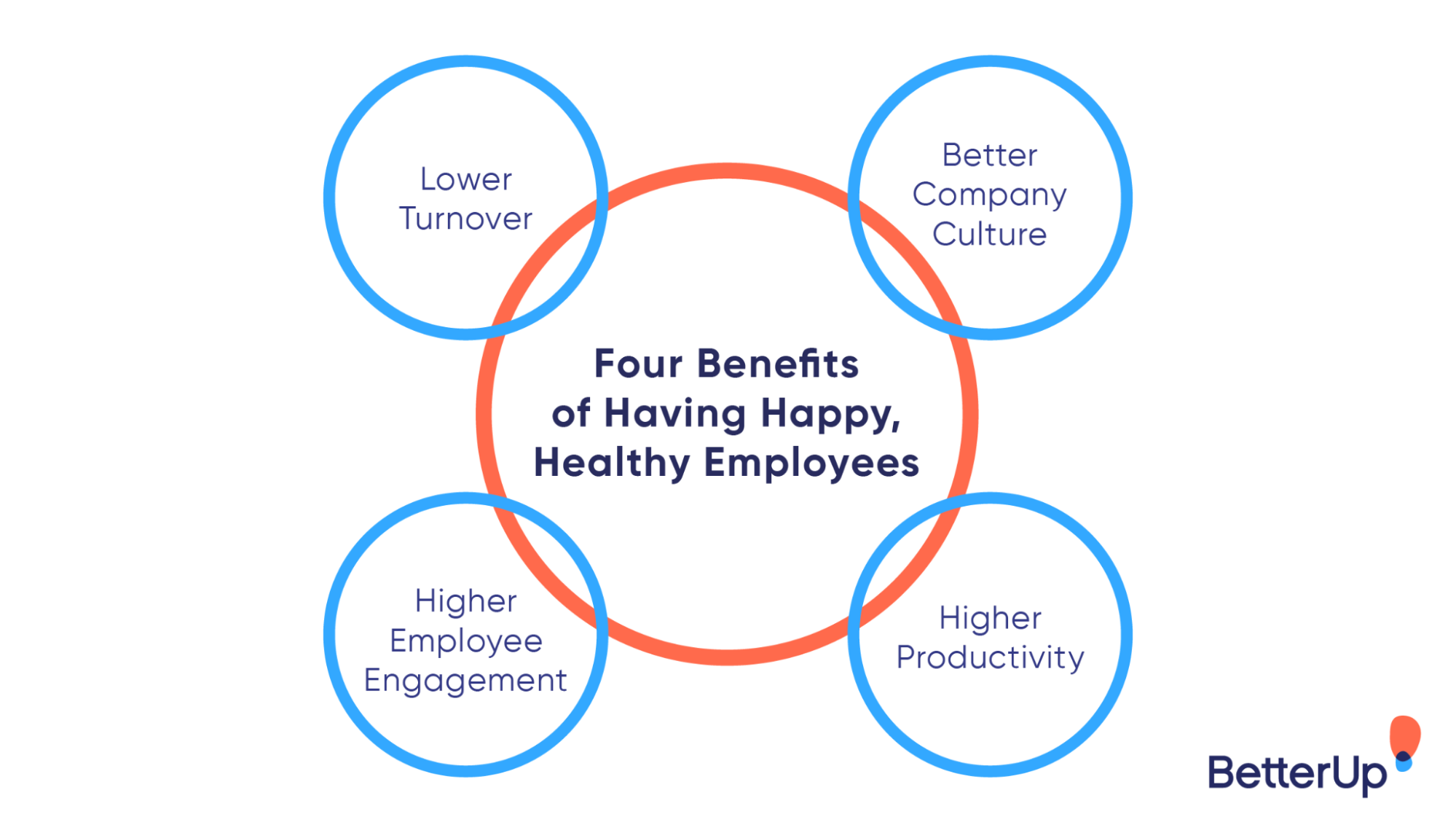
7. Creating a Positive Workplace Culture
Unleash the power of a positive workplace culture by promoting employee engagement and teamwork. Explore ideas for fostering a supportive and inclusive environment. Discover the role of leadership in shaping company culture and improving employee satisfaction.
A positive workplace culture is essential for the overall wellbeing and success of a company. Here are some ideas to foster a positive culture around corporate health and wellbeing:
1. Promote work-life balance:
Encourage employees to maintain a healthy work-life balance by providing flexible working hours, remote work options, and encouraging breaks and vacations. This helps reduce stress and promotes overall wellbeing.
2. Provide wellness programs:
Implement wellness programs that include fitness classes, meditation sessions, or health challenges. These initiatives not only improve physical health but also foster a sense of camaraderie among employees.
3. Create a positive and inclusive environment:
Promote diversity and inclusion in the workplace. Encourage open communication, respect for individual differences, and create opportunities for everyone to contribute and feel valued.
4. Encourage healthy habits:
Provide resources and information on healthy eating, regular exercise, and mental health. Encourage employees to prioritize self-care and make healthy choices in their everyday lives.
5. Support professional development:
Invest in employee training and development programs. Encourage continuous learning and growth opportunities, which can boost job satisfaction and overall wellbeing.
6. Recognize and reward achievements:
Acknowledge and appreciate the efforts and accomplishments of employees. Implement recognition programs that highlight achievements in health and wellbeing, motivating employees to maintain positive habits.
7. Foster a supportive social network:
Organize team-building activities, social events, and create opportunities for employees to connect with one another. A strong support network within the workplace can enhance overall wellbeing and job satisfaction.
By implementing these ideas, you can create a positive workplace culture that prioritizes corporate health and wellbeing, leading to happier and more productive employees.
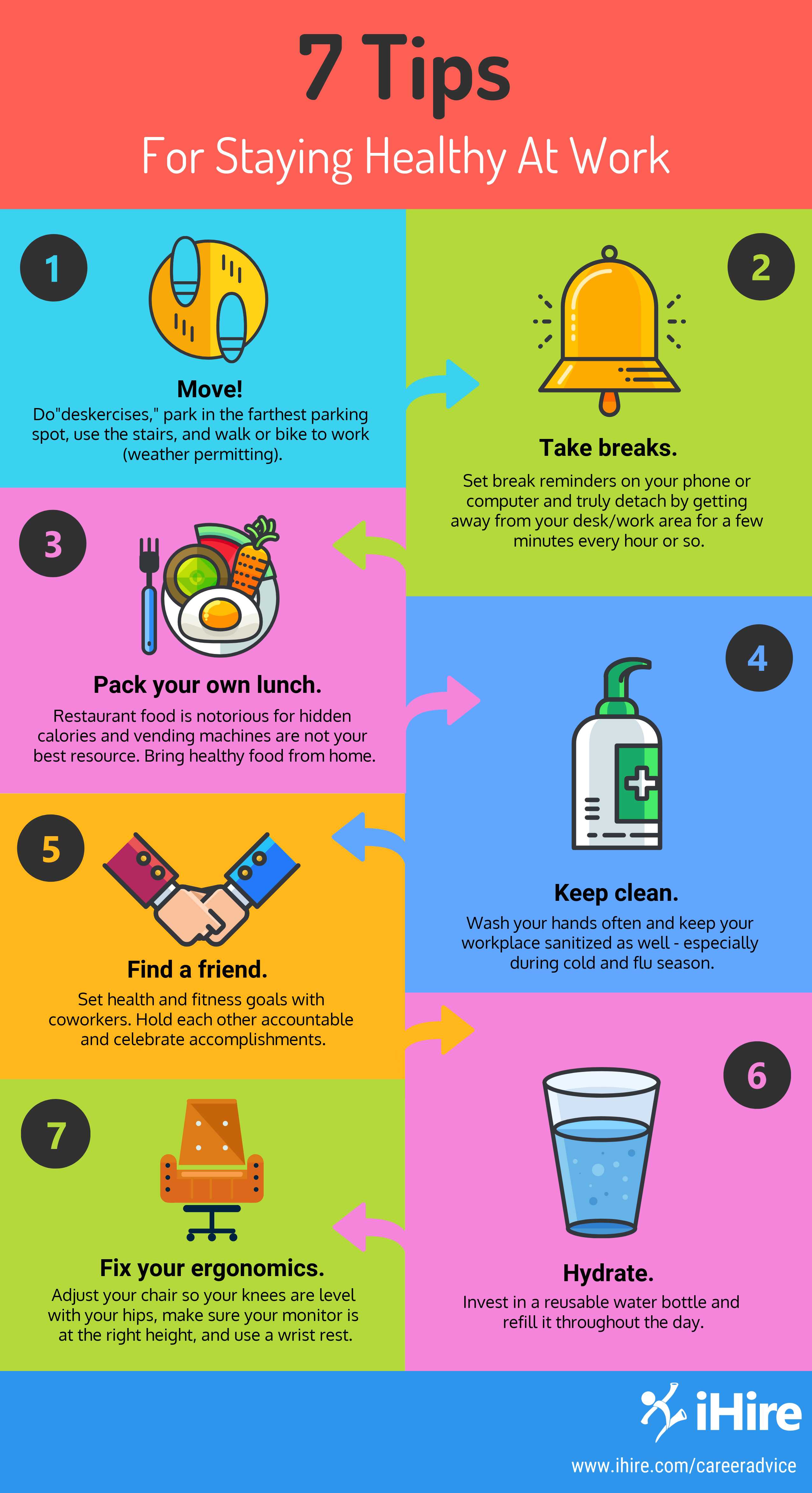
Key Takeaways
- Investing in corporate health and wellbeing initiatives can lead to improved productivity and reduced absenteeism.
- Implementing fitness programs, mental wellness initiatives, and healthy snack options can positively impact employee performance and happiness.
- Ergonomic workstations, stress management workshops, and work-life balance strategies contribute to a healthier and more satisfied workforce.
- A positive workplace culture promotes employee engagement and fosters a supportive environment.
Frequently Asked Questions
Q: How can fitness programs benefit employees?
A: Fitness programs improve physical health, boost energy levels, and reduce stress. Regular exercise can also enhance cognitive abilities and overall job performance.
Q: What steps can employers take to support mental wellness?
A: Employers can introduce mindfulness practices, organize meditation sessions, or provide access to counseling services. It's crucial to create a safe and stigma-free environment to address mental health issues.
Q: How does promoting work-life balance impact employees?
A: Encouraging work-life balance enhances employee satisfaction, reduces burnout, and increases productivity. It also helps employees maintain a healthy personal life, resulting in improved overall wellbeing.



Recent Comments